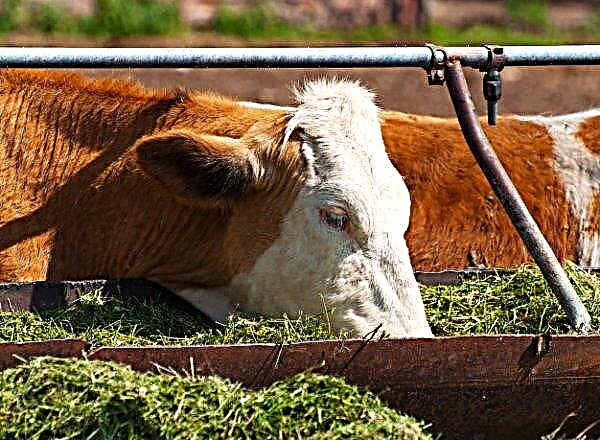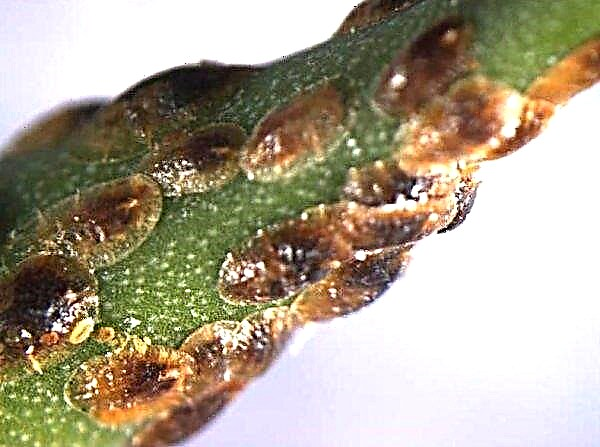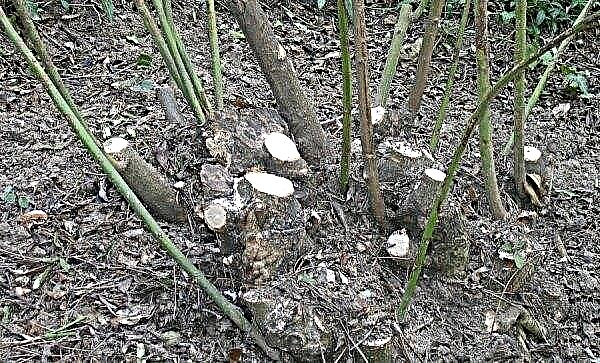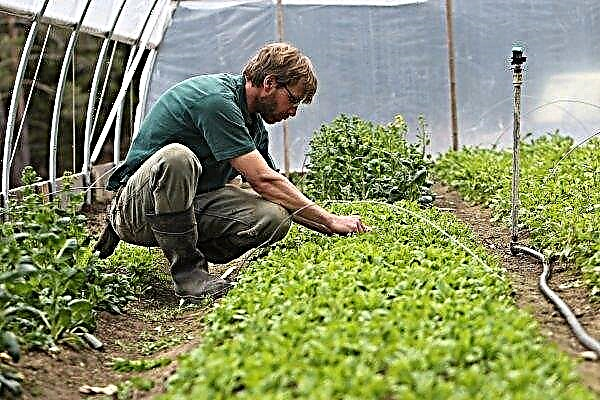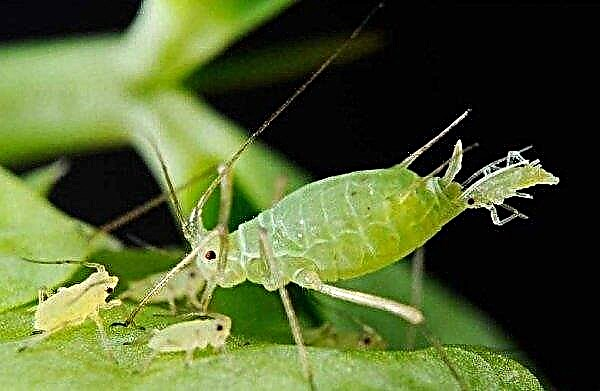The problems of agricultural life in Central America have always been serious: from poverty and careless management to fluctuations in world commodity prices.
But, as it turned out, this was not all - climate change was added to them, which leads to the death of people and crops and, ultimately, forces peasants to leave for the USA.
Gradually rising temperatures, increasingly extreme weather events and increasingly unpredictable events, for example, the absence of rain when it is needed, or the heavy rainfall when it is not needed at all, all this breaks the growth cycles of crops and contributes to the continuous spread of pests.
Scientists claim that Central America is one of the regions most vulnerable to climate change. And since there is a lot of labor involved in agriculture — in Honduras alone, 28 percent of the working population is in the agricultural sector, according to the World Bank, millions of people’s livelihoods are at stake.
The World Bank said last year that climate change could cause at least 1.4 million people to leave their homes in Mexico and Central America and migrate over the next three decades.
In recent years, the United States has provided tens of millions of dollars in aid to farmers across Central America, including efforts to help them adapt to a changing climate. But President Trump promised to stop all foreign aid to Honduras, Guatemala and El Salvador, arguing that this does not solve the problem of curbing the flow of migrants to the north.


